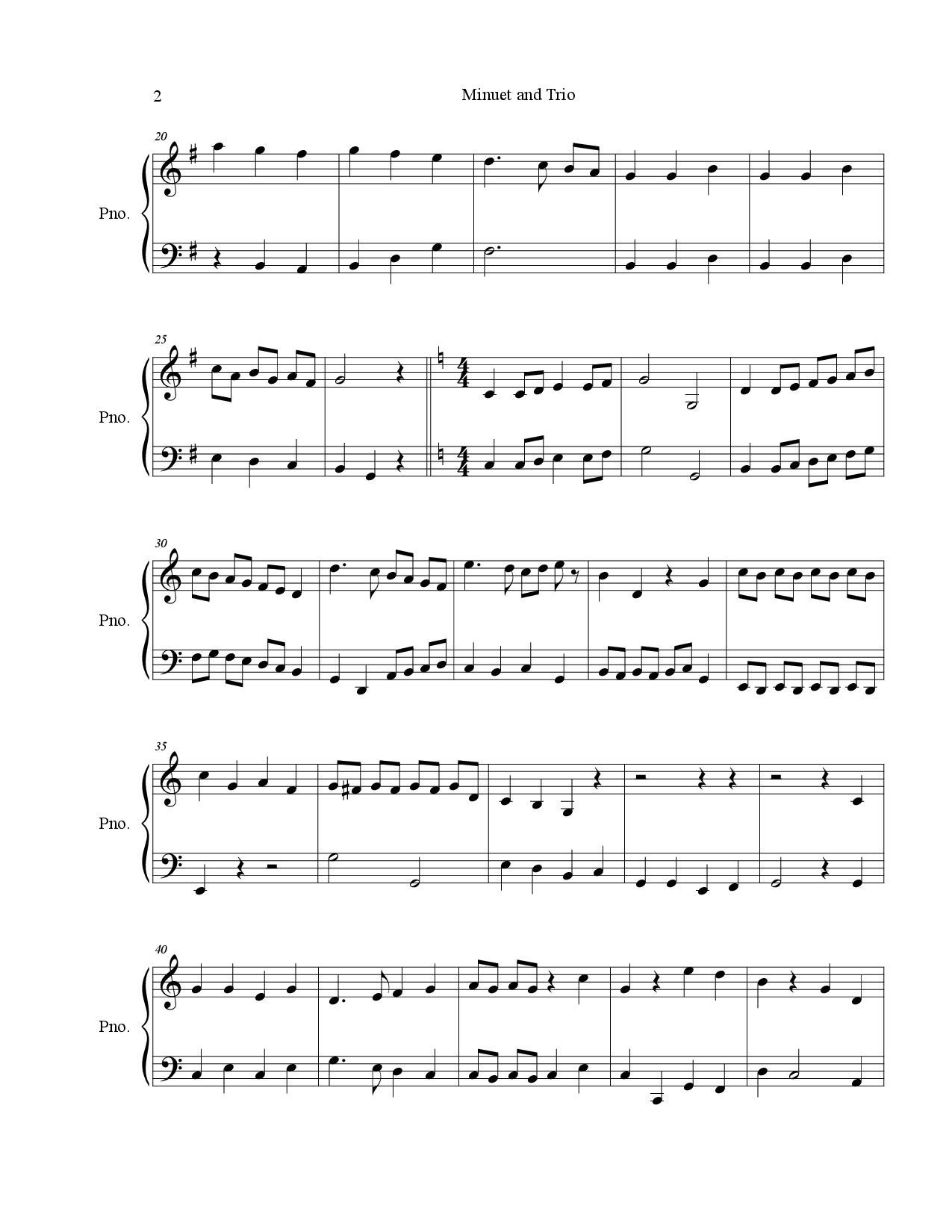

Beethoven’s 12 Deutsche, WoO 8, begin like this.


These pieces could easily be arranged in piano versions for household use. In small-orchestra versions, they show the beginnings of waltz-type accompaniment: a downbeat quarter (oom) for cello and bass, middle-register harmony for second and third beats (pah-pah), viola and second violin, and upper melody in first violin, often in running eighths. Next to evolve historically, at least in published 3/4 pieces, came Ländler or Ländlerische Tänze or Deutsche Tänze or sometimes just Deutsche. 1 begins like “O my darling, Clementine” nine others begin with a dotted upbeat. These textures suggest a relatively moderate tempo suitable for regular dance steps, roughly 100-120 to the quarter. The texture typically shows a left-hand part moving in quarters, sometimes with two changes of harmony in the bar the Trio section often has a left hand in seesawing eighths. 30 Minuets for piano, D 41, date from 1813 (he was 16 years old) ten of these are lost, and one assumes that he wrote them for household use, or in school, because none was published until the Schubert Gesamtausgabe in 1889. Schubert’s earliest minuets are precisely comparable he inherited the classical minuet-and-trio form from Haydn, Mozart, and Beethoven and ran with it. They are elegant enough and straightforwardly tuneful and danceable, but they have the flavor of dashed off for quick money - or, in those days, chump change and no royalties. Beethoven’s sets of pianos minuets from the 1790s, WoO 7 and WoO 10, could have been transcribed (by him or by a publisher’s hack) from a ballroom string orchestra versions.


 0 kommentar(er)
0 kommentar(er)
